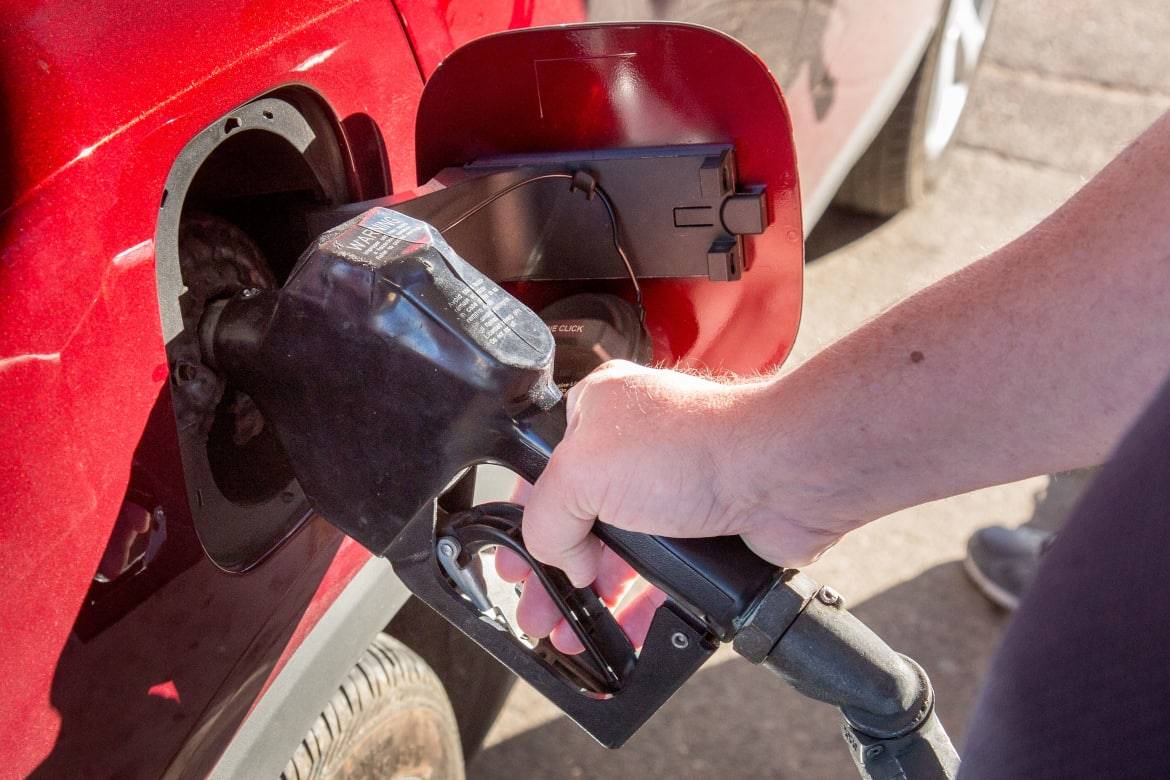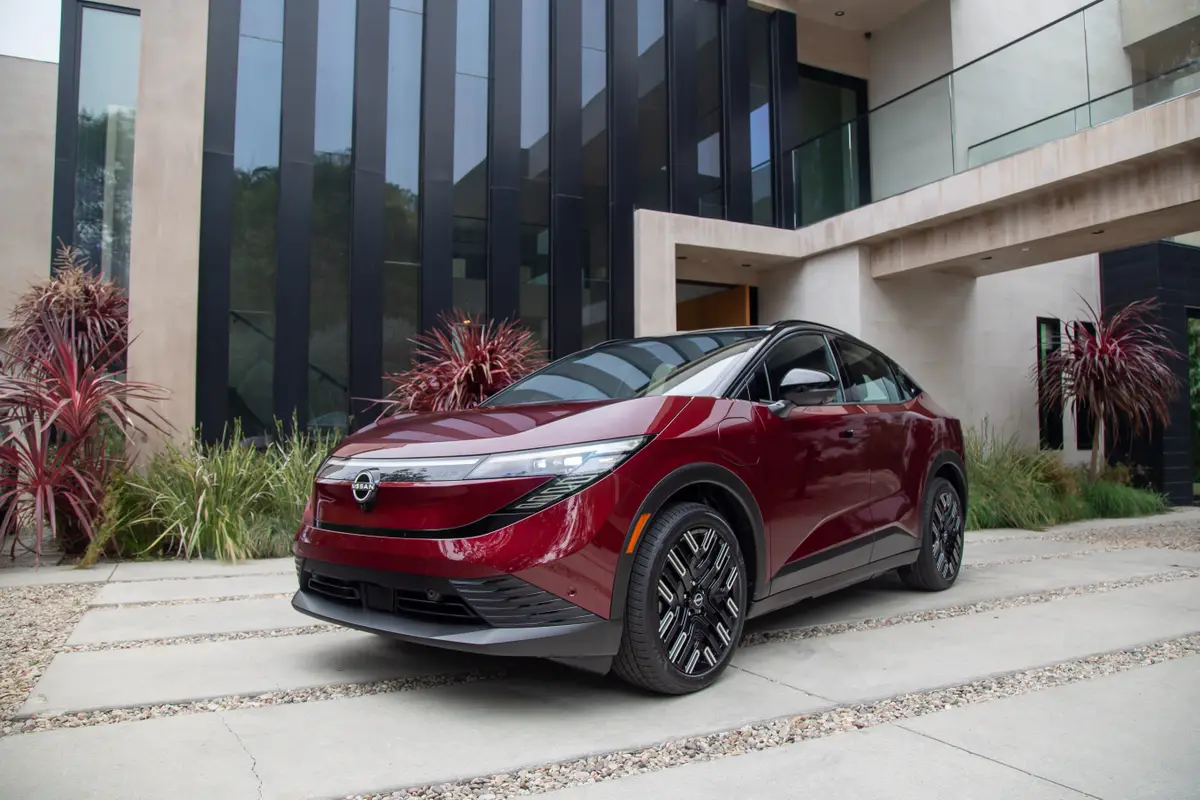Hurricane Matthew Disrupts Gas Prices in Southeastern States


CARS.COM — The price of gas stabilized over the past week on a national level, though motorists in parts of the Southeast experienced price fluctuations and shortages in the wake of Hurricane Matthew. The national average price for regular gas was $2.25 a gallon on Thursday, according to the AAA Daily Fuel Gauge Report and GasBuddy.com, unchanged from a week ago. The average had increased each of the past four weeks, though by only a penny or two in some weeks.
Related: More Fuel-Efficiency News
At $2.25 a gallon, regular was 7 cents higher than a month ago but 6 cents lower than a year ago. Premium gas, at $2.75, was 6 cents higher than a month ago and just 4 cents lower than at this time last year. Diesel fuel rose 3 cents the past week to $2.41 and is up 5 cents over the past month but 12 cents cheaper than a year ago.
Hurricane Matthew didn’t wreak as much havoc on the supply of gas in the Southeast as some analysts had predicted. Even so, GasBuddy’s availability tracker showed dozens of stations on Florida’s Atlantic coast, and parts of North Carolina and South Carolina, were out of gas Thursday or unable to pump it because they were without power. Anxious motorists had rushed to fill their tanks before the hurricane arrived, draining the supply in some areas.
Average prices for regular unleaded gas rose 5 cents the past week in Florida to $2.23 a gallon, 2 cents in North Carolina to $2.24 and 2 cents in South Carolina to $2.11. Prices also rose in Alabama, Arkansas, Louisiana and Mississippi.
Elsewhere, motorists in the Great Lakes area first saw prices jump because of production issues at a BP refinery in Whiting, Ind., and then watched prices come back down when the supply of gas returned to normal levels. For the week, prices were down 8 cents in Indiana and 6 cents in Michigan, and unchanged in Illinois and Ohio.
New Jersey had the lowest statewide average, according to AAA, $2.02 a gallon, followed by Texas at $2.03, and Arkansas and Missouri at $2.05. New Jersey’s reign as the nation’s price leader could end soon because the state legislature approved a 23-cent increase in the state gasoline tax on Oct. 7. Gov. Chris Christie is expected to sign the legislation, and the higher tax would take effect shortly after.
Hawaii had the most expensive gas, with an average price of $2.87 for regular. California was next at $2.78, followed by Washington, $2.71, and Alaska, $2.64.
Even though gas prices stabilized, the price of oil has increased recently, helped by growing expectations that members of the Organization of Petroleum Exporting Countries will agree to limit production to boost global oil prices. OPEC is scheduled to meet in November. U.S. oil, which was near $40 a barrel in early August, has hung around $50 for more than a week.
“Oil markets have been out of balance the last two years with supply greatly exceeding demand, thus crude oil prices have been at ‘bargain basement’ levels, leaving oil producers reeling,” GasBuddy analyst Patrick DeHaan wrote in a blog post.
DeHaan added: “While OPEC has mulled and talked about production cuts several times over the last couple years, the talk has never led to real cuts. However, there is some belief that this time around OPEC may be more serious.”
With those developments causing pump prices to rise, DeHaan said earlier predictions that gas would become cheaper are now on hold.
“While GasBuddy previously expected prices to moderate this autumn, an unpredictable OPEC and refinery issues have thrown a wrench into those expectations — for now,” he said.

Contributor Rick Popely has covered the auto industry for decades and hosts a weekly online radio show on TalkZone.com.
Featured stories




